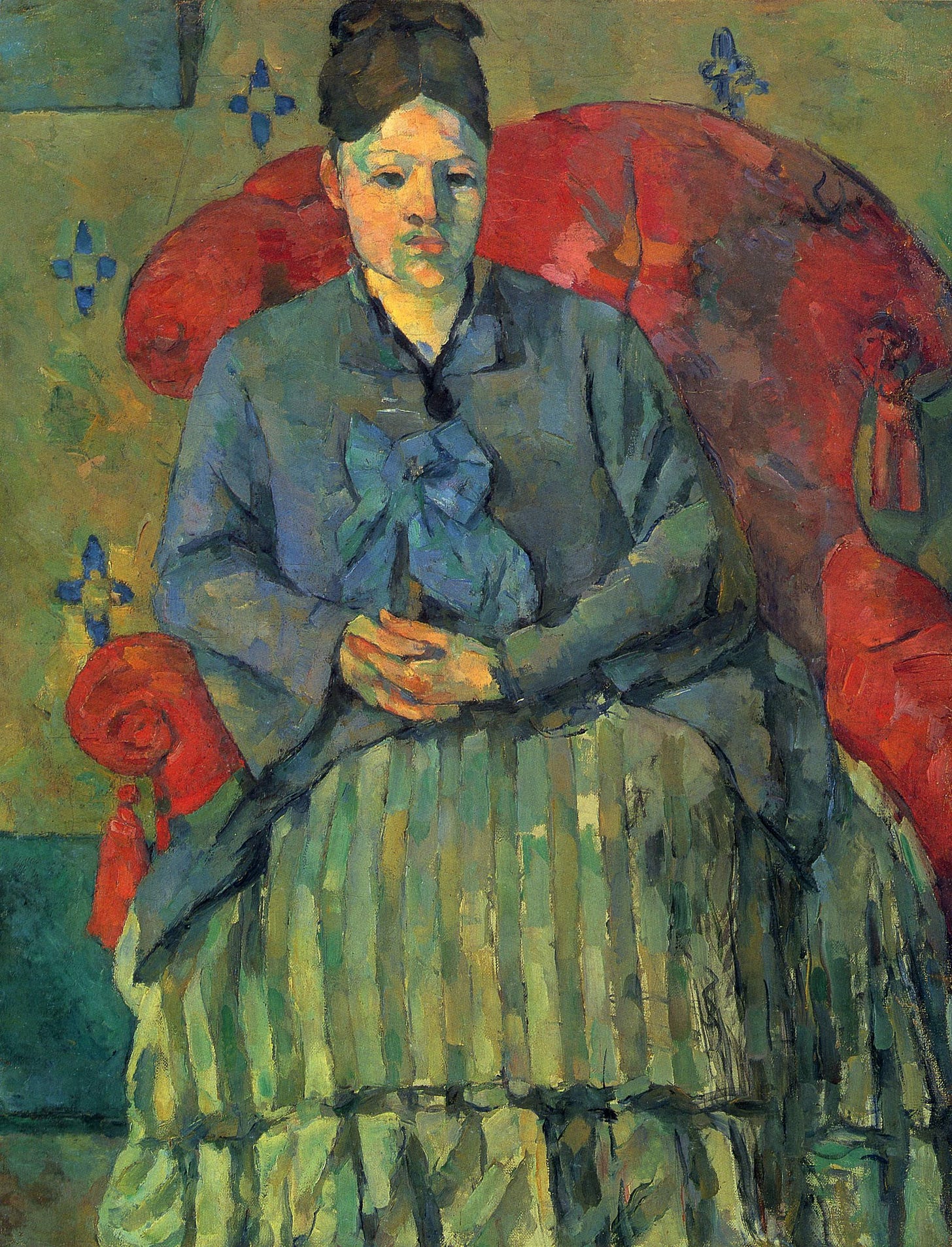Obsession, Repetition, and Mastery
KSS- Issue [6]
For the past few weeks, I haven’t been able to stop thinking about this quote from Guillermo del Toro of HellBoy, Pan’s Labyrinth, and Shape of Water fame:
“By the time I’m done with my career I’ll have metaphorically done one movie. HellBoy is as personal to me as Pan’s Labyrinth. They’re tonally different, and yes of course, you can like one more than the other, but it really is part of the same movie. You make one movie.
Hitchcock did one movie all his life.”
I heard this quote in a video essay by The Ocean Film Society. They take a look at Airships in the films of Haiyao Miyazaki. Miyazaki, is the son of a Japanese aircraft manufacturer and airships of varying sorts play a large part in the aesthetic and themes of his films. If you aren’t familiar with him, I recommend checking out the collection or the video essay above. His films are currently on the new HBO Max streaming service (Seriously, why does HBO need another streaming service?)
Throughout his filmography, Miyazaki continually explored themes of freedom, corruption, and growth— often represented in his films by flight. One film in particular has stood out in my mind, not just for its quality, but for how uncannily the plot mirrors the quote from del Toro.

The Wind Rises is a fictional biopic about an aircraft designer, Jiro Horikoshi, during World War Two. It's one of Miyazaki's less known films- and many in the west have criticized what they saw as a romanticization of Imperial Era Japan, but I think this film more than any other Miyazaki film captures a feeling I've been trying to put to paper for some weeks now.
Throughout the film Jiro is increasingly obsessed with the design and construction of the most perfect and simple aircraft he can create.
He continually fails in this effort, but each failure provides new insights on how to refine his designs. Each successive aircraft getting closer and closer to the ideal. Eventually he succeeds.
The more I've thought about it, the more I started seeing this everywhere. Great artists, begin with an obsession, refine through repetition, and achieve new creative breakthroughs by the mastery of skill gained from that repetition.
Paul Graham has an interesting article I revisited this week on the topic of early obsession. In it Graham makes the case that all great works, artistic, or otherwise were seeded by a simple obsession with something they deemed important.
http://paulgraham.com/genius.html
When you look at the lives of people who've done great work, you see a consistent pattern. They often begin with a bus ticket collector's obsessive interest in something that would have seemed pointless to most of their contemporaries.
To achieve something great, one must begin by being obsessive about a singular thing.
This week I read the memoir of Ed Catmull, the founder of Pixar. (Thanks Aryeh for the recommendation).
In the mid 60s in suburban Utah, nobody was thinking about using computers to make animations, but where others saw frivolity, Catmull saw opportunity. He took his interests in computers and animation, and in his graduate work mashed them together to pioneer a new field. One of his first pieces of work (below) shocked and stunned the world in it sophistication. It was to be regarded as state of the art in computer animation for almost five years.

Indeed, Catmull would continually work to refine and hone his craft for the next few decades. It would be another 20 years of dogged work before he translated his obsession, and craft into the first feature length animated film.

The striking part of this book is how closely Catmull's path matches that of other creatives. He went through an early period of obsession, spent years refining and honing his craft, and then pushed the limits of that craft once he had attained a certain level of mastery.
Great works happen from being slightly obsessed with a topic. Being slightly obsessed lead to repetition of a task. Repetition leads to mastery, Mastery leads to innovation and new branched buds on the tree of human knowledge.
The painter Paul Cézanne followed a similar path. Cézanne was a post impressionist painter best known not just for his own work, but also for being a major influence on the surrealists of the 20th century. Pablo Picasso once remarked that “Cézanne is the father to us all”. One of Cézanne’s most common subjects was his wife.

Beginning in 1876, he painted her 29 times that we know of. With each successive painting, Cézanne gradually improved his craft, striving toward a mastery of the task.

This trend extends beyond art and film as well. Thomas Edison, from adolescence was obsessed with sound. Beginning in 1877 with his invention of the phonograph, Edison began a lifelong quest perfecting instruments to record and reproduce sound. Indeed, he made numerous advancements to light, energy, signal processing, and botany in his lifetime, but somehow he always returned to working on sound. Even toward the end of his life, he continually worked to refine the early phonograph cylinders he had originally pioneered.

There’s something uncanny in the similarity of these paths. The early obsessions, drove the creators to create new, better, and refined versions of the object of their obsession— each iteration closer to the creators ideal of it. Their repetition lead them to level of mastery with no equal. That mastery allowed them the freedom and space to innovate and push their fields forward.
In the end, del Toro was right. We really do create one thing in our lifetimes. We create a continuous stream of iterations of the things we’re obsessed with.
